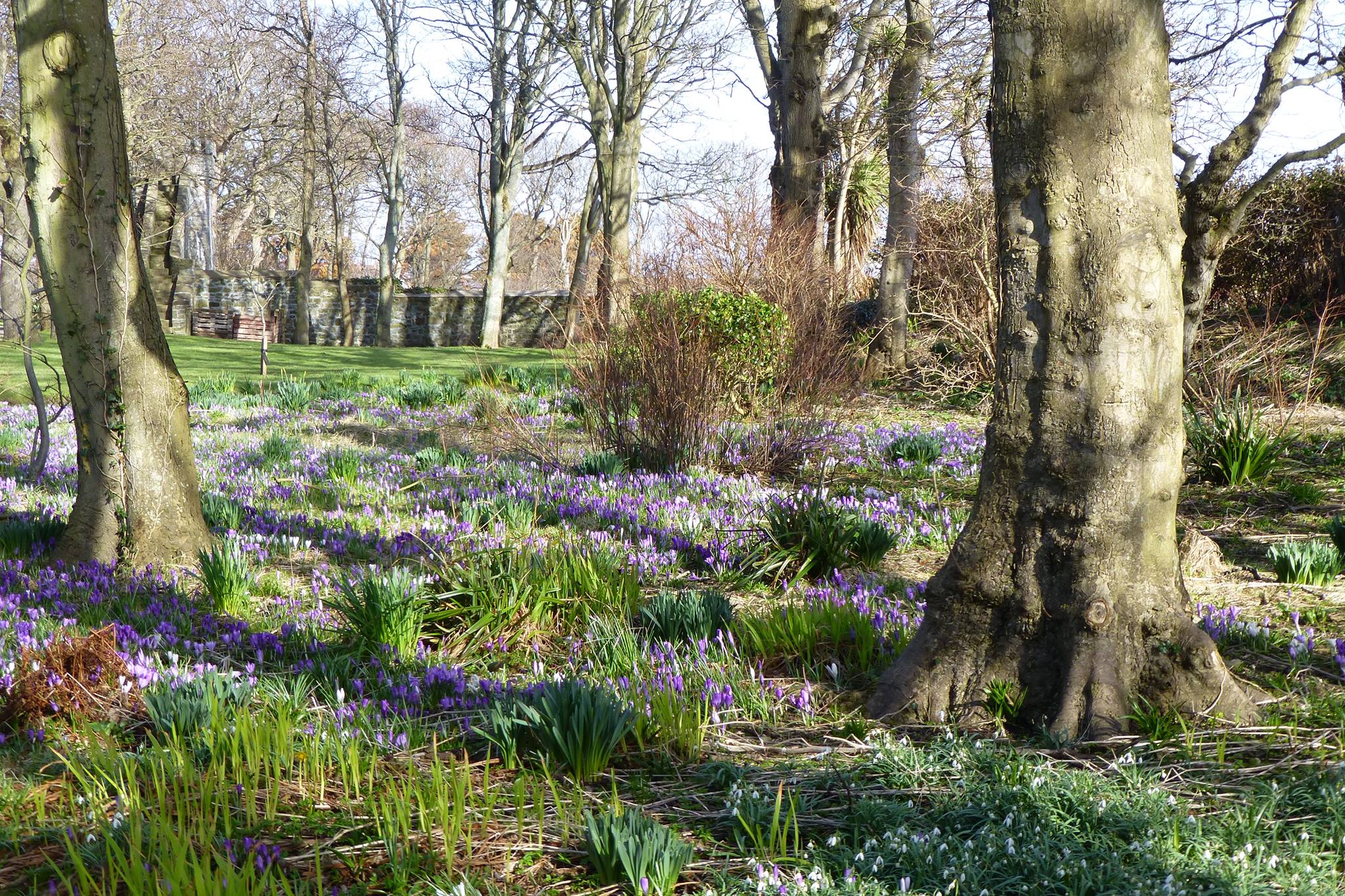Strength plays such a marvellous game –
it moves through the things of the world like a servant,
groping out in roots, tapering in trunks,
and in the treetops like a rising from the dead.
These are lines from a poem by the R.M. Rilke. They were written to provide insight in the human condition, but to me their literal meaning is as interesting as the metaphor. Trees are often perceived, mistakenly, as static and unyielding. Indeed, people can be unnerved when a tree sways in the wind. I imagine Storm Agnes will have been a source of apprehension for many people last week.
The line ‘tapering in trunks’ hints at one of the ways trees have adapted to withstand the forces of nature. Imagine a ballet dancer gracefully gliding across the stage, finding balance with every move. Similarly, trees perform an intricate dance with gravity, wind, and the elements. Biomechanics in trees is the study of how they maintain equilibrium, bending and swaying without breaking.
One key element in this delicate dance is the distribution of stress (the force applied) within the tree. Most trees are naturally tapered, with the thickest part at the base and gradually narrowing towards the top. This ‘design’ is an example of how trees have evolved to efficiently distribute the forces acting upon them.
Trees produce specialized wood tissues known as reaction wood in response to mechanical stresses. There are two types: tension wood and compression wood. Tension wood typically forms on the upper side of leaning or bending stems in hardwood trees. It is called tension wood because it develops in response to tensile or stretching forces. Compression wood is found in conifers. It forms on the lower side of leaning or bending stems and is named compression wood because it develops in response to compressive forces.
Trees ensure they can withstand wind events by reinforcing key points of biomechanical vulnerability. Through the growth of reaction wood, trees exposed to wind develop thicker structural roots and trunks and have increased stem taper. Critically, these growth responses require a stimulus, and so will not occur unless the tree experiences mechanical stress. In much the same way as we can build muscle through exercise, trees need ‘exercise’ if they are to reinforce their structures.

A material that remains rigid under loading is often thought to be strong, but in material science and engineering there are different types of strength. The flexibility of branches in a tree crown means that they can bend in the wind, changing the crown’s shape to reduce aerodynamic drag forces. In this sense flexibility is strength.
So, a healthy tree is a dynamic structure, constantly changing and adapting to its surroundings, and optimising its growth for survival. The fact that strength continues to play ‘such a marvellous game’ throughout the life of a tree is what sets it apart from a non-living structure, which will deteriorate over time without human intervention.
We should keep in mind, however, that mechanical strength is just one way that wood is optimised. The structure of a tree is always a compromise because it must also maintain hydraulic conductivity (the ability to conduct water), be able to store nutrients, resist decay and attacks from pests, and remain competitive to its rivals. This is why even healthy trees can sometimes fail in certain conditions.




You must be logged in to post a comment.